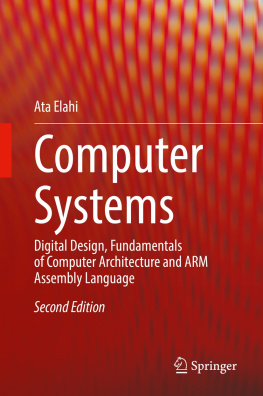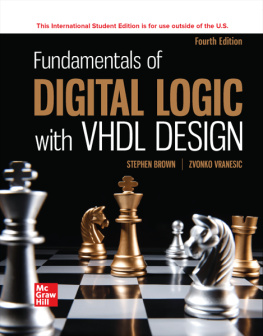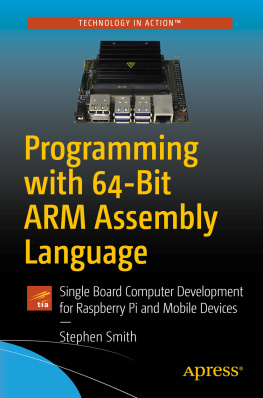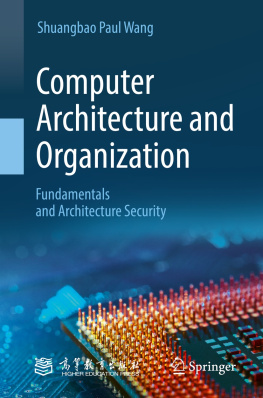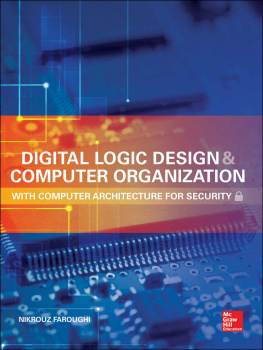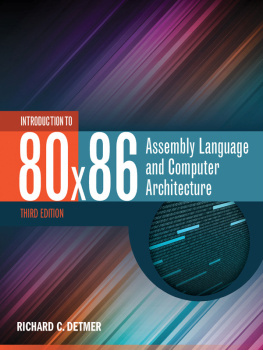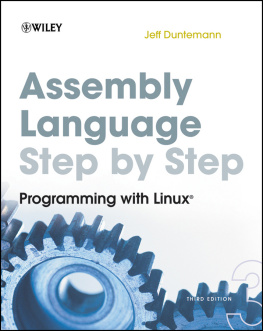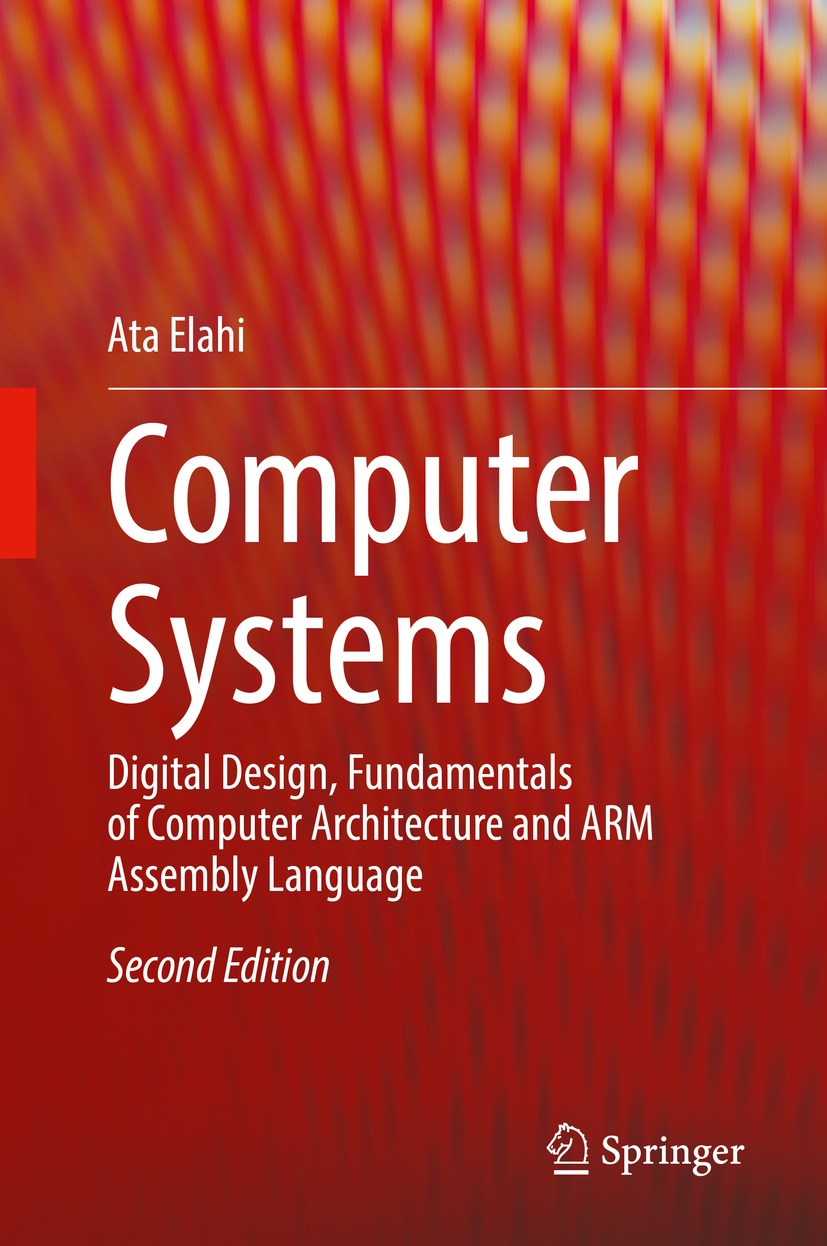Ata Elahi - Computer Systems: Digital Design, Fundamentals of Computer Architecture and ARM Assembly Language
Here you can read online Ata Elahi - Computer Systems: Digital Design, Fundamentals of Computer Architecture and ARM Assembly Language full text of the book (entire story) in english for free. Download pdf and epub, get meaning, cover and reviews about this ebook. City: Cham, year: 2022, publisher: Springer, genre: Computer / Science. Description of the work, (preface) as well as reviews are available. Best literature library LitArk.com created for fans of good reading and offers a wide selection of genres:
Romance novel
Science fiction
Adventure
Detective
Science
History
Home and family
Prose
Art
Politics
Computer
Non-fiction
Religion
Business
Children
Humor
Choose a favorite category and find really read worthwhile books. Enjoy immersion in the world of imagination, feel the emotions of the characters or learn something new for yourself, make an fascinating discovery.
Computer Systems: Digital Design, Fundamentals of Computer Architecture and ARM Assembly Language: summary, description and annotation
We offer to read an annotation, description, summary or preface (depends on what the author of the book "Computer Systems: Digital Design, Fundamentals of Computer Architecture and ARM Assembly Language" wrote himself). If you haven't found the necessary information about the book — write in the comments, we will try to find it.
This updated textbook covers digital design, fundamentals of computer architecture, and ARM assembly language. The book starts by introducing computer abstraction, basic number systems, character coding, basic knowledge in digital design, and components of a computer. The book goes on to discuss information representation in computing, Boolean algebra and logic gates, and sequential logic. The book also presents introduction to computer architecture, Cache mapping methods, and virtual memory.
The author also covers ARM architecture, ARM instructions, ARM assembly language using Keil development tools, and bitwise control structure using C and ARM assembly language. The book includes a set of laboratory experiments related to digital design using Logisim software and ARM assembly language programming using Keil development tools. In addition, each chapter features objectives, summaries, key terms, review questions, and problems.
Ata Elahi: author's other books
Who wrote Computer Systems: Digital Design, Fundamentals of Computer Architecture and ARM Assembly Language? Find out the surname, the name of the author of the book and a list of all author's works by series.

